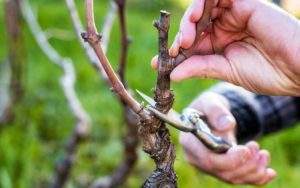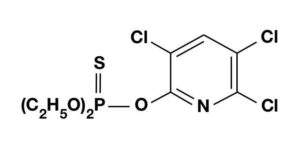The Halyomorpha halys (H.h.) belongs to the order of the Rincoti (Rhynchota or Hemiptera), suborder Heteroptera and family Pentatomidae. It is a phytophagous insect with mouth apparatus of pungent-sucking type. It has large dimensions (from 1.2 to 1.7 cm) and presents a marbled gray-brown color. The fore wings are composed of a hard and leathery part and a membranous apical part, which has streaks; the hind wings are always membranous. It is a very polyphagous species: therefore it eats everything from the fruits (peach, cherry, plum, medlar, apricot, apple, pear, hazel, vine, olive, orange, tangerine, etc…) to the shrubs (raspberry, blueberry, etc…), passing through the vegetable gardens (peppers, aubergines, tomatoes, etc…) and extensives (soybeans, sorghum, corn, etc…)
The “Asian marble bug” comes from China and is particularly dangerous for agriculture because it prolific with the laying of eggs at least twice a year with 300-400 specimens at a time that with the stings spoil the fruits making them unusable and seriously compromising part of the harvest.
Insecticides for Asian Bedbug, in addition to being ineffective itself (none of the available products causes 100% mortality), do not offer valid solutions due to the behavior and biology of this insect, which is extremely mobile (adults can fly on average 2 km per day but there are some that reach 116 km) and extremely polyphagous (so it moves continuously between orchard, hedge, other crops – legumes, corn, hazel, etc.). Because of this set of factors, farmers tend to multiply interventions using broad spectrum products, with the extremely negative result of interfering even with all other non-target insects (in particular pollinators and predators and parasitoids of other phytophagous insects). Moving forward this step, there goes integrated defense and worsening ecosystem (and ours) health. Other strategies such as the use of ‘repellents’ based on garlic or kaolin until now have not given clear results and are still in the process of serious testing (With the Asian bedbug have sprung up to dozens of braggers of effectiveness of various products but there is no scientific evidence to support it!).
Where practicable, the most effective means is surely prevention through the use of multifunctional networks (monobloc, also combining anti-hail nets to perimeter nets) that must be closed immediately after pollination. Several regions of Northern Italy have provided incentives in this sense. Several years of experimentation with this technique, said Ipm-Cpr, both in the US on peach and in Modena on pear trees have shown that in this way it is possible to save up to 40% of the cost of treatments without experiencing production losses and safeguarding at the same time the useful entomofauna and the use of other defense practices integrated for other pest (sexual confusion, use of viruses and other entomopatogens)”.

